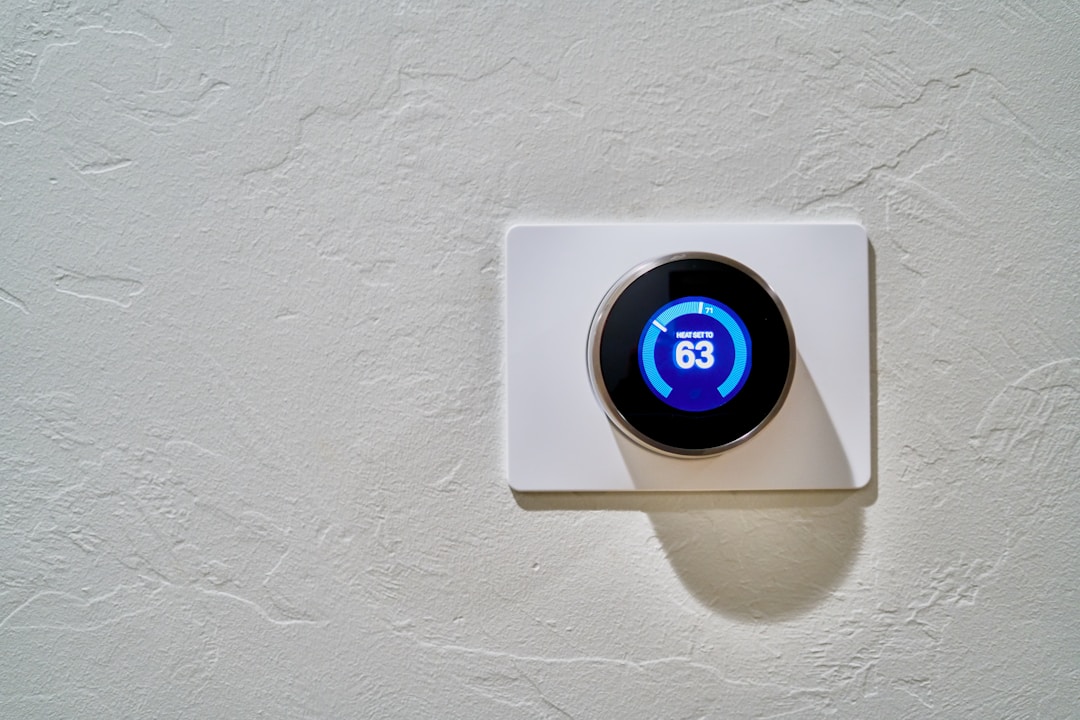It might be the last thing in your home you ever think about repairing or replacing, but your home’s thermostat is crucial to keeping you warm through the winter and cool through the summer. However, thermostat technology is constantly changing, ranging from the traditional dial on your wall to a more tech-savvy smart version that can be controlled via an app. Here are a few things to keep in mind as you choose the right thermostat for your new home.
1. Identify the type of heating and cooling system you have.

Just like any other appliance in your home, you’ll want to make sure that any purchases you make correspond to your needs. When choosing a new thermostat for your Hobbs, NM, home, be sure to consider the HVAC system that you currently have in place. This will allow you to explore the options you have to put in a thermostat or replace an existing one. Before choosing a thermostat, you’ll need to make sure it’s compatible with your heating and cooling system.
While you may want to look into other options like a solar-powered thermostat, it may not be able to sync up with certain HVAC units. Upon installation of the unit, ask your technician for advice on the options that you may be able to consider to better regulate the temperature in your household. Homeowners should also remember that a thermostat is part of a regular routine of HVAC maintenance. Gunk and dirt buildup can accrue inside a thermostat and render it inoperable.
2. Choose the type of thermostat you want.

There are various types of thermostats on the market to choose from that may be compatible with your heating and AC units. You may be used to the traditional mechanical option that allows you to control the temperature setting manually. These are best for homeowners who are in their house often and prefer a fixed temperature. There are also digital thermostats that provide a clear readout but are not programmable. Programmable thermostats have become a popular option to have settings in place for when the heater or air conditioner can be triggered on and off.
Smart thermostats offer the benefit of being programmable without having to program it yourself. Smart thermostat technology learns from your turning the HVAC system on and off, creating a schedule based on your preferences. The system can turn itself down while you’re out of the house, providing a more energy-efficient solution to control your home’s temperature. These smart thermostats connect to your home’s Wi-Fi and can be monitored and managed with the help of an app on your smartphone. You can even use the app from afar to trigger on the heat or AC before you get back to the house.
3. Consider where you are placing the new thermostat.

If you are concerned about how any type of thermostat looks on your wall, explore your options for style, color, and shape. Some thermostats have a basic look while others offer a more tech-enhanced design. As nice as the thermostat looks, it’s important to make sure it is placed in an area that doesn’t send your energy costs soaring through misreadings.
For example, any type of thermostat shouldn’t be installed in a part of the home that is impacted by direct sunlight. This will cause the temperature to be warped and read hotter than it actually is. The same goes for putting the thermostat near a window, causing a significant chill and a lower reading. Put it in a hallway where it is easily accessible for anyone to use but also out of the way of the elements regardless of the type of thermostat you end up buying.
The post 3 Tips for Choosing a New Thermostat for Your Home appeared first on Mom Blog Society.













